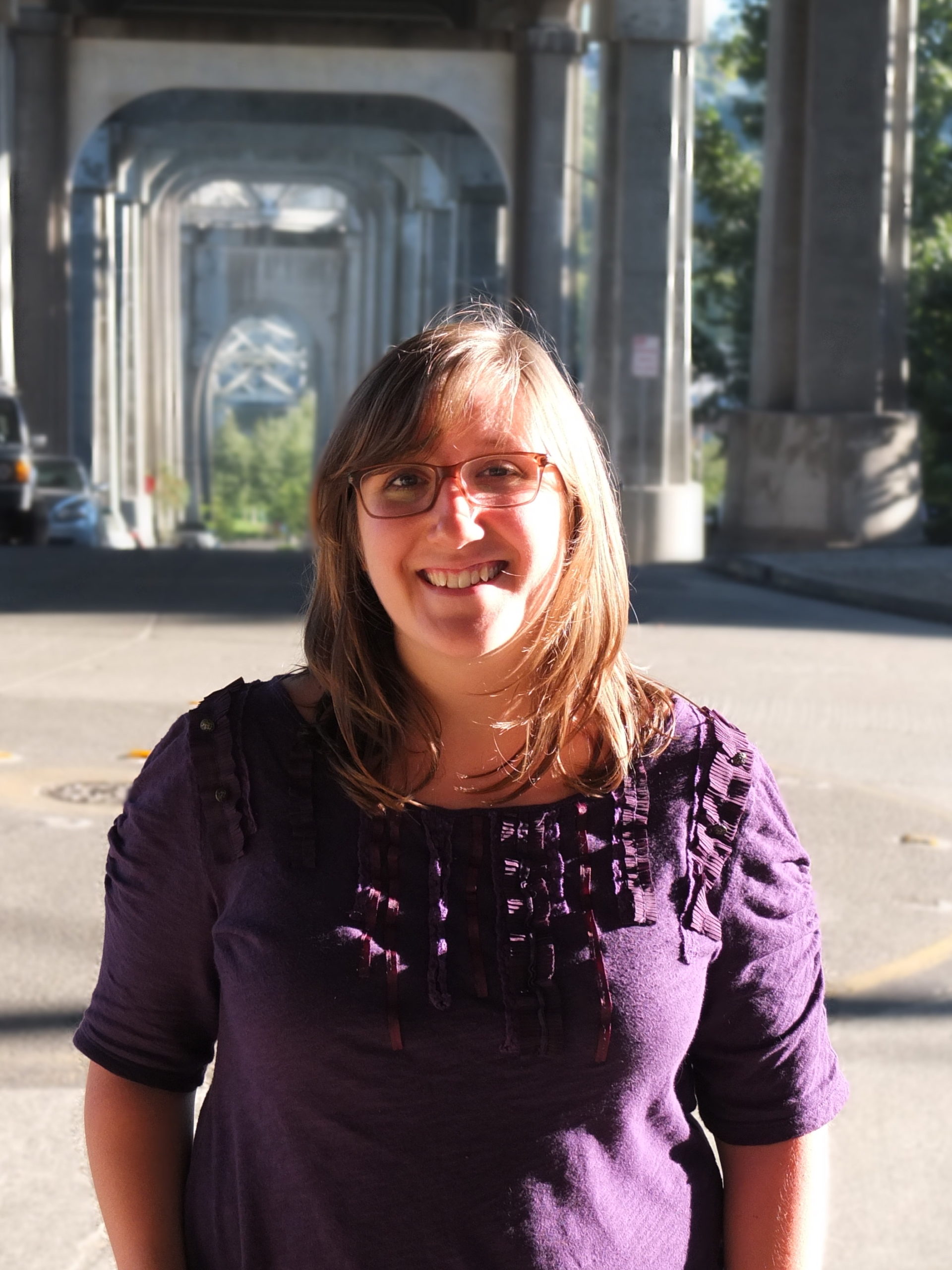
Increasing global energy demand and deleterious environmental effects from fossil fuel use has led to an intense scientific effort to capture alternative energy sources. The sun is an ideal candidate as this inexhaustible power source provides 120,000 TW worldwide, a figure that is more than 7000 times the current global energy demand. Semiconductor quantum dots have gained considerable interest in photovoltaic applications due to their size-tunable optoelectronic properties and solution-processability. I focus on indium phosphide quantum dots (InP QDs), a less toxic alternative to well-developed materials containing cadmium. The current problem with InP QDs is that defects on the surface of the particles inhibit charge carrier transport through quantum dot films, a necessary process for generating energy from devices. My research examines how quantum dot surface modification affects the optoelectronic properties and can reduce charge carrier traps, thus making InP a viable material for solar cells. My involvement in the CEI benefits my project through connections to diverse interdisciplinary faculty who can provide additional guidance and offer fresh perspectives on my research.
Advisor: Brandi Cossairt, Chemistry
Product of lasting value- Quantum Dots Sample and desktop sign



